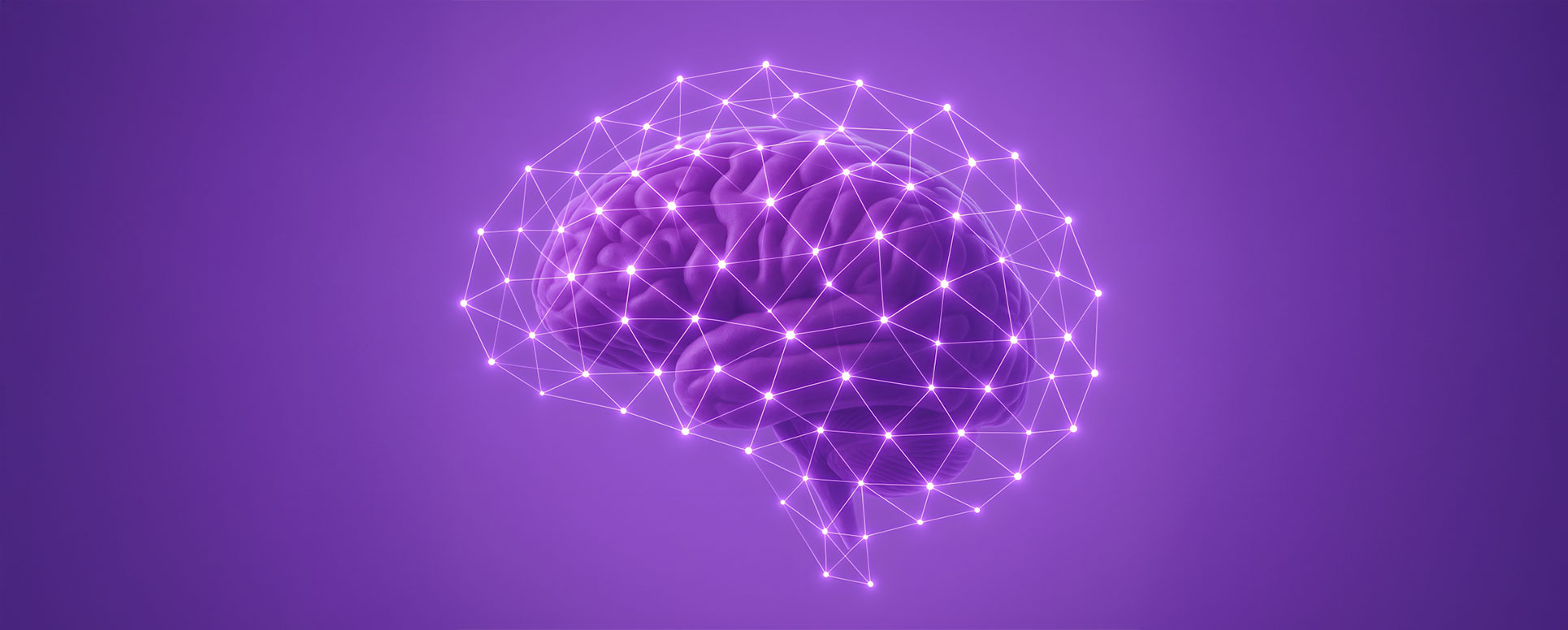
Neuroplasticity and Brain Games
Did you know your brain isn't a fixed structure? Neuroplasticity is the brain's ability to reshape itself through learning and experience. This scientific fact means you can enhance your mental potential with the right brain training. In our article, discover how neuroplasticity works and how brain games in Witmina strengthen your cognitive skills like memory, attention, and problem-solving. Making your brain more flexible and powerful every day is in your hands.
Neuroplasticity: The Science of Reshaping Your Brain and Its Link to Brain Games
Do you think of your brain as a fixed, unchangeable entity? For decades, so did most scientists. However, recent research has unveiled a revolutionary concept that has fundamentally altered this belief: Neuroplasticity. In its simplest terms, neuroplasticity is the brain's ability to reorganize itself by forming new neural connections in response to experience, learning, and even injury.
So, what does this seemingly abstract scientific fact mean for our daily lives? It means our brain is a dynamic organ that can be strengthened with the right exercises. This is where brain games and cognitive training apps like Witmina come into play.
How Exactly Does Neuroplasticity Work?
Your brain consists of billions of neurons (nerve cells) that communicate through connections called synapses. When you learn something new or practice a new skill, specific neurons fire together. As the saying goes, "Neurons that fire together, wire together." This activity strengthens the corresponding synaptic connections. With enough repetition, these connections become more robust, and the physical structure of your brain literally changes.
One of the most striking examples of this is a famous study on London taxi drivers. The study found that drivers, who are required to memorize the city's complex layout of 25,000 streets, had a significantly larger hippocampus—a brain region crucial for memory and spatial navigation—compared to the average person. This is concrete proof that intensive mental training can alter the brain's structure.
How Do Brain Games Trigger Neuroplasticity?
Brain games are like a targeted workout regimen for your brain. Each game in Witmina is designed to challenge a specific cognitive skill (e.g., memory, attention, problem-solving), thereby activating the relevant neural circuits.
- Memory Games: When you try to recall new information, you strengthen neural pathways in the hippocampus and prefrontal cortex.
- Problem-Solving Games: As you experiment with different strategies to solve a puzzle, you engage the parts of your brain that control executive functions, enhancing your flexible thinking.
- Attention Games: Tasks that require you to focus on a specific stimulus while ignoring others train the neural circuits that improve your ability to sustain attention and concentrate.
Performing these activities regularly not only improves your immediate performance but also makes the brain networks responsible for these cognitive functions more efficient and resilient. This helps to build your brain's "cognitive reserve," creating a buffer against age-related mental decline.
Conclusion: Change is in Your Hands
Science clearly shows that our brain's destiny is not written at birth. Thanks to neuroplasticity, we can actively shape it through our habits, learning, and mental exercises. The personalized and engaging brain training offered by Witmina is one of the most practical ways to apply this scientific truth to your daily life. By challenging your brain every day, you can make it stronger, faster, and more flexible.
Bibliography:
- Maguire, E. A., Gadian, D. G., Johnsrude, I. S., Good, C. D., Ashburner, J., Frackowiak, R. S., & Frith, C. D. (2000). Navigation-related structural change in the hippocampi of taxi drivers. Proceedings of the National Academy of Sciences, 97(8), 4398-4403.
- Draganski, B., Gaser, C., Busch, V., Schuierer, G., Bogdahn, U., & May, A. (2004). Neuroplasticity: changes in grey matter induced by training. Nature, 427(6972), 311-312.
- Pascual-Leone, A., Amedi, A., Fregni, F., & Merabet, L. B. (2005). The plastic human brain cortex. Annual review of neuroscience, 28, 377-401.

